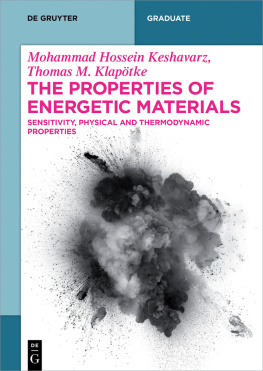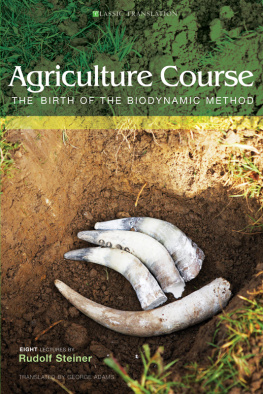Contents
Guide

Keshavarz, Klaptke
The Properties of Energetic Materials
De Gruyter Graduate
Also of Interest
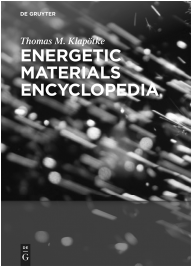
Energetic Materials Encyclopedia .
Klaptke; 2018
ISBN 978-3-11-044139-0, e-ISBN 978-3-11-044292-2
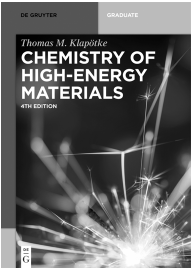
Chemistry of High Energy Materials .
4th Edition
Klaptke; 2017
ISBN 978-3-11-053631-7, e-ISBN 978-3-11-053651-5
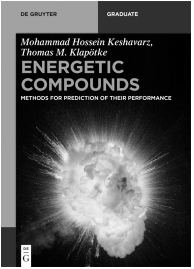
Energetic Compounds .
Methods for Prediction of their Performance
Keshavarz, Klaptke; 2017
ISBN 978-3-11-052184-9, e-ISBN 978-3-11-052186-3

Nano-Safety .
What we need to know to protect Workers
Fazarro, Trybula, Tate, Hanks (Eds.); 2017
ISBN 978-3-11-037375-2, e-ISBN 978-3-11-037376-9
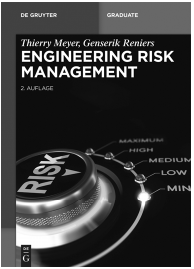
Engineering Risk Management .
2nd Edition
Meyer, Reniers; 2016
ISBN 978-3-11-041803-3, e-ISBN 978-3-11-041804-0
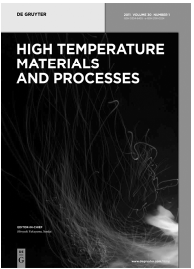
High Temperature Materials and Processes .
Fukuyama, Hiroyuku (Editor-in-Chief)
ISSN 0334-6455, e-ISBN 2191-0324

Authors
Prof. Dr. Mohammed Hossein Keshavarz
Malek-ashtar University of Technology
Department of Chemistry
83145 115 Shahin-shahr, Iran
Prof. Dr. Thomas M. Klaptke
Ludwig-Maximilians-Universitt
Department of Chemistry/
Energetic Materials Research
Butenandstr. 513
81377 Munich, Germany
ISBN 978-3-11-052187-0
e-ISBN (PDF) 978-3-11-052188-7
e-ISBN (EPUB) 978-3-11-052195-5
Library of Congress Cataloging-in-Publication Data
A CIP catalog record for this book has been applied for at the Library of Congress.
Bibliographic information published by the Deutsche Nationalbibliothek
The Deutsche Nationalbibliothek lists this publication in the Deutsche Nationalbibliografie; detailed bibliographic data are available on the Internet at http : //dnb.dnb.de.
2018 Walter de Gruyter GmbH, Berlin/Boston
Cover image: michalz86 / 537883586 / Getty Images Plus
www.degruyter.com
Preface
For a chemist who is concerned with the synthesis of new energetic compounds, it is essential to be able to assess physical and thermodynamic properties, as well as the sensitivity of possible new energetic compounds before synthesis is attempted. Various approaches have been developed to predict important aspects of the physical and thermodynamic properties of energetic materials including (but not exclusively): crystal density, heat of formation, melting point, enthalpy of fusion and enthalpy of sublimation of an organic energetic compound. Since an organic energetic material consists of metastable molecules capable of undergoing very rapid and highly exothermic reactions, many methods have been developed to estimate the sensitivity of an energetic compound with respect to detonation-causing external stimuli such as heat, friction, impact, shock, and electrostatic discharge. This book introduces these methods and demonstrates those methods which can be easily applied.
About the authors
Mohammad Hossein Keshavarz, born in 1966, studied chemistry at Shiraz University and received his BSc in 1988. He also received a MSc and PhD at Shiraz University in 1991 and 1995. From 1997 until 2008, he was Assistant Professor, Associate Professor and Professor of Physical Chemistry at the University of Malek-ashtar in Shahin-shahr of Iran. Since 1997 he is Lecturer and researcher at the Malek-ashtar University of Technology, Iran. He is the editor of two research journals in the Persian language. Keshavarz has published over 250 scientific papers in international peer reviewed journals, 3 book chapters and five books in the field of the assessment of energetic materials (four books in Persian language and one book in English language).
Thomas M. Klaptke received his PhD in 1986 (TU Berlin), post-doc in Fredericton, New Brunswick, habilitation in 1990 (TU Berlin). From 1995 until 1997 Klaptke was Ramsay Professor of Chemistry at the University of Glasgow in Scotland. Since 1997 he has held the Chair of Inorganic Chemistry at LMU Munich. In 2009 Klaptke was appointed a Visiting Professor at CECD, University of Maryland and in 2014 he was appointed a Adjunct Professor at the University of Rhode Island. Klaptke is a Fellow of the RSC (C.Sci., C.Chem. F.R.S.C.), a member of the ACS and the Fluorine Division of the ACS, a member of the GDCh, and a Life Member of both the IPS and the National Defense Industrial Association. Most of Klaptkes scientific collaborations are between LMU and ARL (US Army Research Laboratory) in Aberdeen, MD and ARDEC (Armament Research Development and Engineering Center) in Picatinny, NJ. Klaptke also collaborates with ERDC in Champaign, IL. And Prof Ang, How-Ghee (NTU, Singapore). He is the executive editor of Zeitschrift fr Anorganische und Allgemeine Chemie, the Subject Editor in the area of explosives synthesis of the Central European Journal of Energetic Materials and an editorial board member of Propellants, Explosives and Pyrotechnics (PEP), Journal of Energetic Materials, the Engineering Journal of The Military Technical College (EJMTC), the Chinese Journal of Explosives and Propellants and the International Journal of Energetic Materials and Chemical Propulsion (IJEMCP). Klaptke has published over 750 papers, 30 book chapters and 12 books.
1Crystal density
The crystal density and condensed phase heat of formation of an energetic compound are two important physicothermal properties, and are essential values in order to be able predict the detonation performance using a thermodynamic equilibrium code such as CHEETAH []. Thus, it is essential to use suitable methods such as gas pycnometry or low-temperature single crystal x-ray diffraction to determine the crystal density of an energetic compound. New molecules which are candidates for possible use as energetic materials can be synthesized, characterized, and formulated by reliable predictive methods, and theoretical molecular design may be used to develop new energetic materials before synthesis is attempted. The synthesis of molecules with significantly increased energy in comparison with current materials, as well as the synthesis of very insensitive materials which have reasonable energies, have been two important goals for scientists in recent years. Since it is essential to have reliable methods to predict the density of energetic compounds, different approaches have been developed to assess the crystal density of an energetic compound at 25 C.

